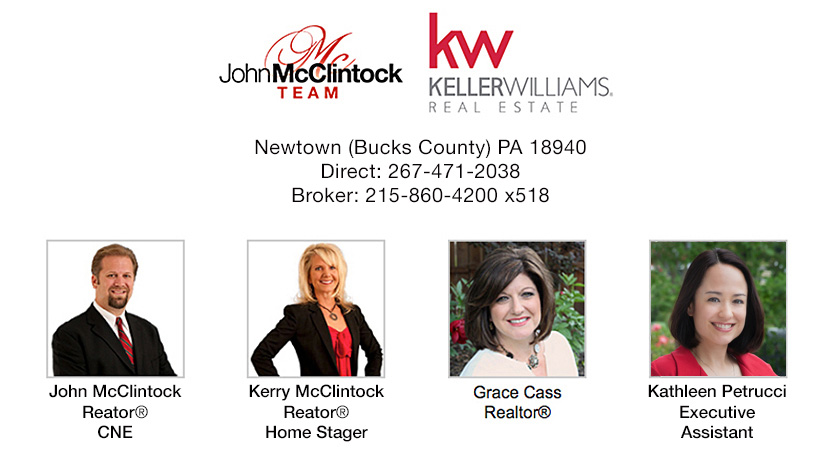
sold in less than one week by Lee Rubin, Realtor®,
Langhorne Market Center
Historic Langhorne was the first of our 7 Greater Philadelphia Locations. We believe that our contemporary insight into the real estate maretplace, combined with our knowledge of local history, helps us provide better pricing, stronger negotiation, access to exclusive opportunities, and personalized guidance. All of these contribute to a smoother, more successful real estate experience.
All of the communities in which our offices are located have long been interlinked through shared heritage, geographic proximity, and evolving patterns of development. Their roots reach back to the colonial period, and their histories reflect common experiences shaped by faith, settlement, transportation, and regional identity.
We Know the Territory
Many of these towns were established by English Quakers during the late 17th and early 18th centuries, following land grants issued by William Penn. The early settlers emphasized simplicity, community, and faith, values that were expressed through Quaker meetinghouses, agricultural cooperation, and town planning. This spiritual and civic foundation is still visible today in places like Langhorne, Southampton, and Newtown.
Situated in the Philadelphia region, these towns evolved as extensions of the city’s expanding influence. Northeast Philadelphia served as a natural entry point for settlers moving northward, while Bensalem and Jenkintown emerged as transitional areas between rural and urban life. With Philadelphia as an economic anchor, these towns adapted to serve both local needs and city markets.
The early development of transportation corridors connected these communities long before suburbanization became widespread. Roads such as the Old York Road and Bristol Pike linked Newtown, Jenkintown, and Bensalem, while rail lines such as the Philadelphia & Trenton Railroad and the Reading Railroad further integrated Yardley, Southampton, and other nearby areas into the regional economy. These connections not only facilitated trade but also laid the groundwork for the rise of commuter suburbs.
In their early years, these towns shared an agricultural economy based on grain, dairy, and livestock. Streams like the Neshaminy and Pennypack powered mills that supported both local consumption and export. Yardley and Langhorne’s positions near the Delaware River further strengthened their roles in canal and ferry trade, reinforcing economic links among the towns and with Philadelphia.
During the American Revolution, the region was far from passive. Yardley lay near the site of Washington’s famed crossing of the Delaware, and Newtown briefly served as his military headquarters after the victory at Trenton. Communities like Bensalem and Southampton contributed to the patriot cause through militia activity and logistical support, even as some residents remained loyal to the Crown, creating internal tensions.
Throughout the 19th and 20th centuries, efforts were made to preserve the architectural and cultural character of these towns. Historic districts in Newtown, Langhorne, and Jenkintown showcase a range of colonial and Victorian structures that reflect their growth over time. The preserved buildings and streetscapes serve as tangible reminders of a shared past rooted in both rural traditions and early suburban ambition.
Educational and religious institutions also helped bind these towns together. Quaker schools, such as George School in Newtown and Friends institutions in Jenkintown and Philadelphia, drew students from across the region. Local cooperation extended to infrastructure, public services, and civic planning, often managed through shared county governments in Bucks and Montgomery Counties.
Despite their differences, these towns reflect a collective legacy shaped by common origins and mutual evolution. Their histories are interwoven through colonial foundations, agricultural commerce, transportation development, and revolutionary engagement. As the greater Philadelphia region expanded, these communities transitioned from rural settlements to suburban anchors, preserving their heritage while adapting to modern life.
Who Will You Call to List and/or Sell Your Greater Philadelphia Home?
We would love to list your home for sale and present it to potential buyers who we help appreciate the uniqueness of our area. We're here to show them what Philadelphia and its' suburbs have to offer.

